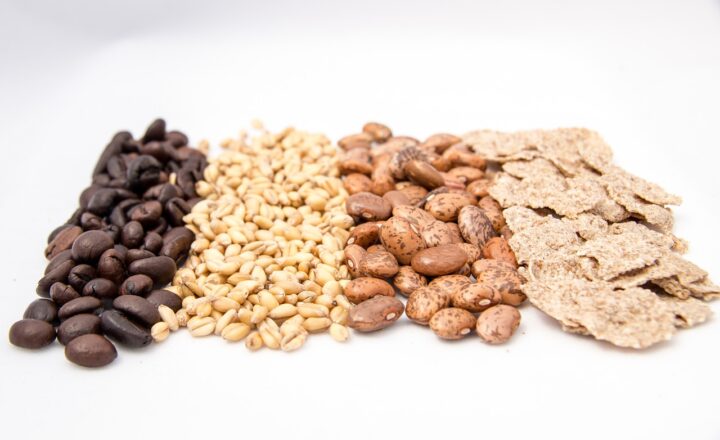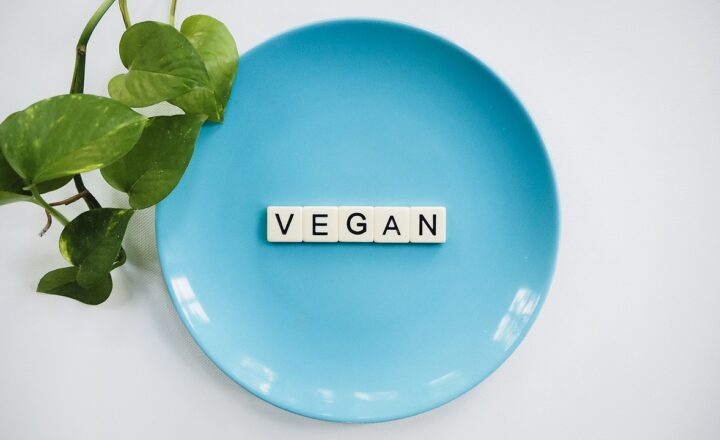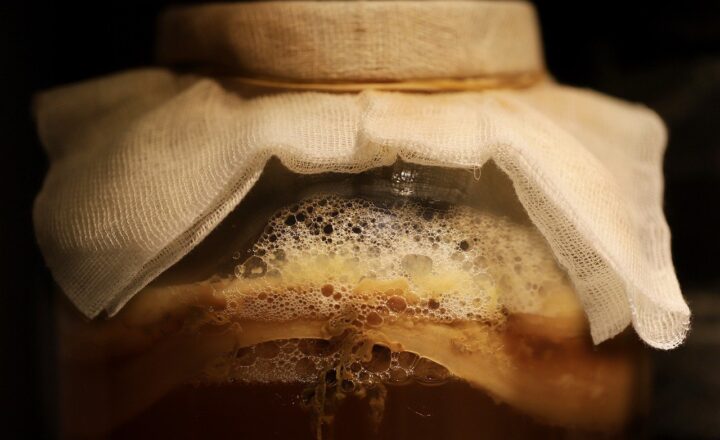The Rich World of Dark Chocolate: How Different Cocoa Percentages Affect Flavor
November 12, 2024

Dark chocolate has transcended from being just a sweet treat to a culinary delight, revered for its rich flavor and numerous health benefits. Among chocolate aficionados, the cocoa percentage listed on a chocolate bar signifies not just the intensity of flavor but also the health impact and quality of the product. This article unravels the world of dark chocolate, specifically examining how varying cocoa percentages affect its taste and overall experience.
1. Understanding Cocoa Percentage
Cocoa percentage refers to the amount of cocoa solids, cocoa butter, and sugar contained in a chocolate product. A bar labeled 70% cocoa, for instance, means that 70% of the bar is made up of cocoa material and the remaining 30% consists of sugar and possibly other ingredients.
The chemistry of chocolate is complex, but the cocoa percentage is a critical indicator of its flavor profile. Higher percentages mean more intense cocoa flavor and less sweetness, while lower percentages result in a sweeter and creamier texture. Understanding this relationship is essential for anyone looking to dive deeper into the world of chocolate.
2. The Flavor Spectrum: Exploring Cocoa Percentages
Let’s explore how flavors evolve as the cocoa percentage changes:
- Below 50% Cocoa: At this level, chocolate is often sweeter, with a milky texture. Flavors are mellow, often taking on fruity or nutty notes rather than intense cocoa. Many popular commercial chocolates fall into this category, appealing to the masses due to their sweetness and creamy mouthfeel.
- 50% – 60% Cocoa: A balance starts to show between sweetness and the robust flavors of cocoa. Chocolate connoisseurs may begin to appreciate the depth of flavor at this level, noticing hints of bitterness alongside sweeter notes. The smoothness often remains quite appealing.
- 70% – 80% Cocoa: This range is favored by many chocolate lovers, as it strikes a perfect balance of bitterness and sweetness. The more pronounced cocoa flavors become evident, and you may start to identify unique tasting notes: hints of berries, coffee, or spices might emerge, depending on the sourcing of the cacao beans.
- Above 80% Cocoa: Here, we enter the territory of intense dark chocolate. The sweetness finishes, and the flavors might become almost savory or complex. Notes of deep coffee, burnt sugar, and earthiness can dominate the experience. It takes a more developed palate to appreciate these chocolates, but those who do often find them immensely rewarding.
The perception of flavor is deeply personal and can be influenced by a variety of factors, including individual taste preferences, the presence of other ingredients in the chocolate, and even the method of consumption.
3. The Role of Terroir in Dark Chocolate Flavor
Just like wine, the flavor of chocolate is also influenced by its terroir—this term encompasses the environmental conditions and specific characteristics of where the cocoa is grown. The same cacao bean might produce entirely different flavors when grown in different regions due to factors such as soil quality, climate, and altitude.
For example:
- Criollo Beans: Known for their complex flavors, these beans typically come from Central and South America and are prized for their fruity, floral notes. Chocolates made with Criollo may have distinctive tasting profiles even at mid-range cocoa percentages (around 70%).
- Forastero Beans: Commonly found in West Africa, these beans are known for a robust and more bitter flavor profile. Chocolate made from Forastero beans often shines at higher cocoa percentages, highlighting their deep chocolatey flavors without the distracting sweetness.
- Trinitario Beans: A hybrid of Criollo and Forastero, Trinitario beans can possess characteristics of both parent types, often resulting in a chocolate that features both complex fruitiness and rich bitterness at various cocoa levels.
This diversity is one of the reasons why chocolate tasting can be a fascinating adventure, similar to wine tasting, where one can explore vast and distinct flavor profiles.
4. Pairing Dark Chocolate with Food and Drink
Understanding the cocoa percentage also guides how we pair dark chocolate with food and beverages. Here are some pairing suggestions based on cocoa content:
- 30% – 50% Cocoa: Milder chocolates go well with sweet fruits like strawberries and raspberries, cheese platters, and even vanilla desserts. This percentage compliments milky beverages like hot chocolate or lattes.
- 60% – 70% Cocoa: Enhanced flavors can be partnered with red wines, especially fruity ones like Merlot or Malbec. Pair it with dried fruits or nuts to accentuate the robustness of the cocoa.
- Above 70% Cocoa: These chocolates can handle more daring pairings! Think dark ales, port wine, or even spicy spirits such as whiskey. They also pair wonderfully with savory cheeses like aged cheddar or blue cheese.
Experimenting with these combinations can elevate the tasting experience, allowing one to explore the profound nuances that different cocoa percentages bring to the table.
5. The Health Benefits of Dark Chocolate
Beyond its rich flavor palette, dark chocolate—especially those with higher cocoa percentages—offers numerous health benefits due to its rich antioxidant content. Here is how higher cocoa percentages can be beneficial:
- Rich in Antioxidants: Dark chocolate contains flavonoids, a type of antioxidant that helps combat free radicals in the body. Higher cocoa chocolate tends to have more of these compounds, providing greater health benefits.
- Heart Health: Regular consumption of dark chocolate has been linked to improved heart health. The flavonoids present can help lower blood pressure and improve blood flow.
- Cognitive Benefits: Some studies suggest that dark chocolate can enhance brain function and improve memory, particularly if consumed in moderation and with a higher cocoa content.
When enjoying dark chocolate for its health benefits, aim for products with at least 70% cocoa content to maximize your intake of these beneficial compounds.
Conclusion
Exploring the rich world of dark chocolate reveals an intricate relationship between cocoa percentage, flavor, and health benefits. From the creamy sweetness of lower percentages to the intense, bold flavors experienced at the higher end, there is a chocolate to satisfy every palate. The journey into dark chocolate invites tasting beyond the surface, discovering complex notes influenced by terroir, pairing possibilities, and health advantages.
So the next time you reach for a bar of dark chocolate, take a moment to appreciate what those numbers mean, and indulge in the artistry that is fine chocolate production. There’s a whole world of flavor waiting to be uncovered, rich with history, complexity, and joy.








